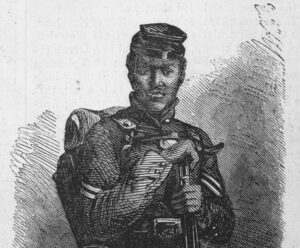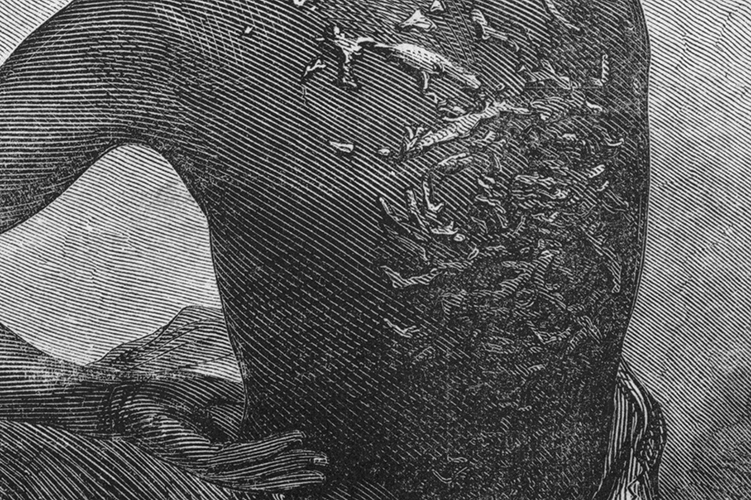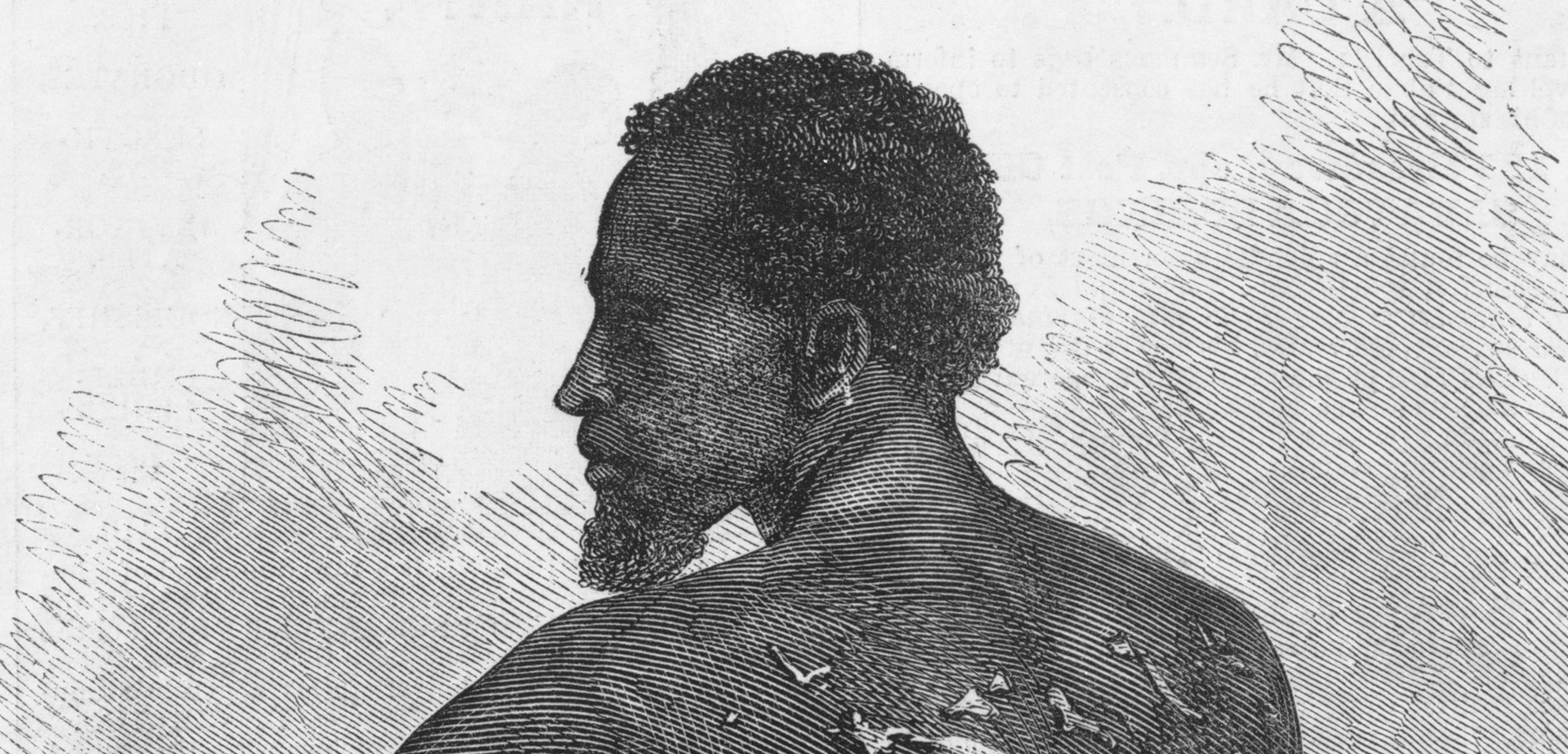Poet, composer, and Teachers & Writers Collaborative teaching artist Janice Lowe brings historical context to this lesson on narrative—connecting the persona poem to the Civil War, slavery, and the amazing story of a formerly enslaved Union Soldier. This lesson does include intense content, and might be best dovetailed with Social Studies lessons on the Civil War and Slavery that come in 7th and 8th Grade.
Download: PERSONA NON GRATA.
Genre(s) taught: Poetry
Grade(s) taught: 2nd, 3rd, 4th, & 5th Grades.
Workshop Objective:
For students to write 1st person narrative poems inspired by the experiences of a Union Army solider who escaped slavery in 1862.
Common Core State Standards:
(Refer to the Anchor Standards for Writing at www.corestandards.org/ELA-Literacy/CCRA/W)
- CCSS.ELA-LITERACY.CCRA.W.3
Write narratives to develop real or imagined experiences or events using effective technique, well-chosen details and well-structured event sequences.
- CCSS.ELA-LITERACY.CCRA.W.9
Draw evidence from literary or informational texts to support analysis, reflection, and research. - There are also many Core Reading: Informational Text Standards associated with this lesson, including but not limited to: RIs 2.1, 2.2, 2.3; 3.1, 3.2, 3.3; 4.1, 4.2, 4.3; and 5.1, 5.2, 5.3.
Guiding Questions:
What is the Civil War? Why was it fought? What is slavery? What is abolitionism? What is sensory detail? What is first person? What is first person narrative?

LESSON
Introduction/warm-up activity (5-10 min):
After a discussion of sensory details, students read a Harper’s Weekly article from July 4, 1863 that recounts the experiences of “Gordon,” a formerly enslaved Union Army Soldier. The accompanying illustration showed Gordon’s bared back, which was horrifically scarred from punishment he received while enslaved on a Mississippi plantation.

Main activity (20-25 mins):
After taking some time to discuss the article and the picture, I ask students to write an “observation list” in sensory details based on the picture. Students then take that list and draw it out into a first person paragraph written in the voice of Gordon. Finally, they write poems based on their observation list and paragraph.
I demonstrate the end goal with my own model:
My back is a maze of tree branches
I run until my legs are numb
until my feet shout, “enough”
My bed is the ground,
my quilt a cover of leaves
I drink my own salty sweat
dream of finding my brother in Louisiana
I smell of onions and fear
Patrollers with dogs scurry through the woods
I want freedom more than they want to find me
My wish is stronger than any reward.
Closing (10 mins):
Students share their first person narrative poems. Discussions here can range from which sensory details students chose to highlight; to the feelings engendered by writing in someone else’s voice; to the kinds of situations this kind of empathic writing might be useful in today (e.g., Michael Brown or Trayvon Martin, Occupy Wall Street or NFL Concussions).
Student Examples:
Observation List
Gordon’s Back
by Amanda, grade 2
Cuts from a belt
A forest of trees
Goldfish swimming in a lake
Tiny little island
Someone scratched him
Little pools of water
Like 13 colonies
Looks like a map
Maybe he was burned in a fire
Someone hit him and blood came out
He was stung by a bee
Spiders put webs on his back.
Materials:
Copies of “A Typical Negro,” available here.
Vocabulary:
Sensory details, first person narrative, empathy, description
Multi-modal approaches: This lesson appeals to many intelligences: including spatial, through visual art and pictures; intrapersonal, through the opportunity for self reflection; interpersonal, through class discussion; and linguistic, through the use of words and reading aloud.




One response to “Empathy and the Persona Poem”
[…] Empathy and the Persona Poem A persona poem is written from another person’s perspective and can be a powerful way to teach empathy. This activity works well in either language arts or history class, and this particular lesson is better for 7th or 8th grade students (though you can modify for younger students by selecting an age-appropriate topic). […]